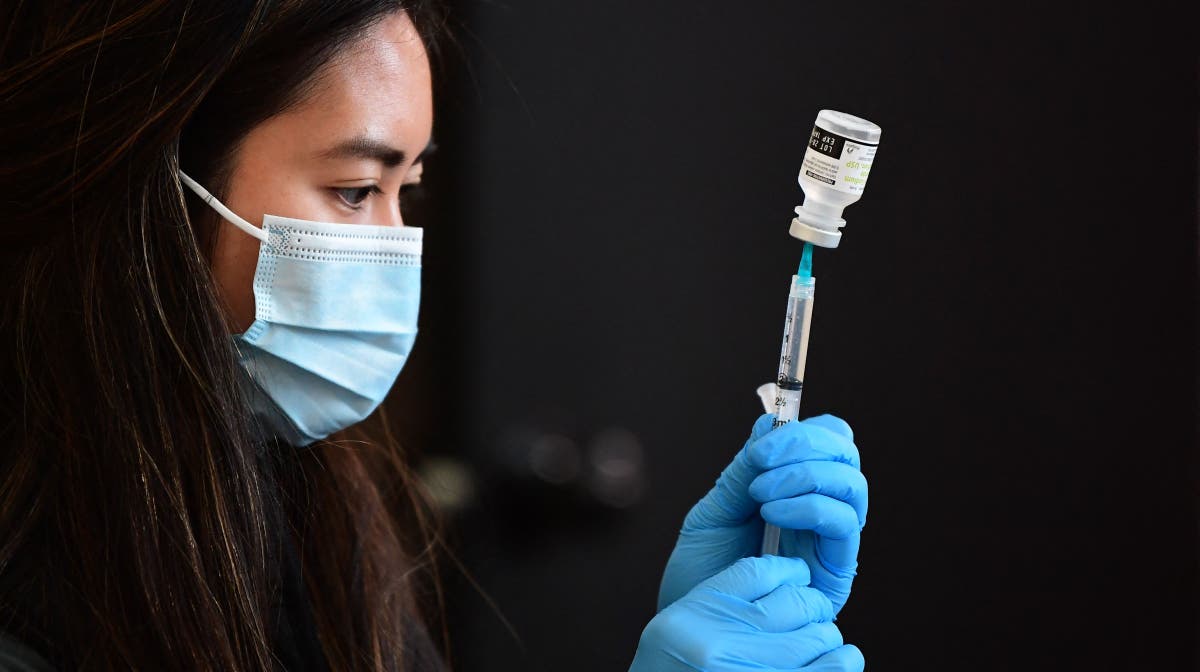This website uses cookies so that we can provide you with the best user experience possible. Cookie information is stored in your browser and performs functions such as recognising you when you return to our website and helping our team to understand which sections of the website you find most interesting and useful.

The Omicron BA.5 variant is now the dominant Covid-19 variant in the US among new cases.
But the picture of the pandemic is becoming murkier as states report their cases on a less regular basis, according to The New York Times.
New federal estimates of new cases have shown that the BA.5 accounted for 54 per cent of new cases in the US for the week that ended on Saturday, according to the Centers for Disease Control and Prevention.
The new data is based on models and can be changed as further figures are reported.
Omicron variants BA.4 and BA.5 can both avoid some antibodies created by vaccinations and infections but researchers in South Africa found that a peak in the spring didn’t appear to cause more severe disease than that country’s first wave of Omicron cases.
Most results from home tests aren’t included in the data and not all who are infected get tested or are aware that they have the virus.
The director of the Centers for Disease Control and Prevention, Dr Rochelle Walensky, said at a conference in Aspen, Colorado late last month that “one of my favourite lines from somebody at the CDC was ‘You don’t need to count the raindrops to know how hard it’s raining’”.
“So we can tell by the half a million to a million PCRs we’re doing every day how we’re doing in areas around the country,” she added.
More than 113,000 new Covid-19 cases are reported every day in the US.
A senior scholar at the Johns Hopkins Center for Health Security at the Bloomberg School of Public Health, Amesh Adalja told the paper that “that’s not really a reflection of the total amount of virus circulating in the communities”.
His “back of the envelope” estimate is around a million cases a day, he said.
But as states report their case numbers more irregularly, the changes in the course of the pandemic take longer to be revealed.
“Following the daily test count is less instructive than it was,” Dr Adalja said.
“I think testing is taking a different role,” he added. “Even when testing was at a different point, it has always been an underestimate.”
He said he’s using the number of hospitalizations compared to a healthcare facility’s capacity as a better tracker in various communities. He added that more focus should be on following severe illness rather than the “booms and busts of cases”.
While hospitalizations have stayed at a low level, they increased during June. Around 33,000 people are in hospitals with Covid-19 each day on average. Out of them, fewer than 4,000 are in intensive care units. Reported deaths are under 400 a day, compared to the January 2021 peak of more than 3,300.



 Africana55 Radio
Africana55 Radio 
